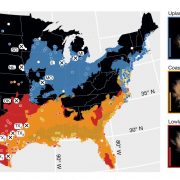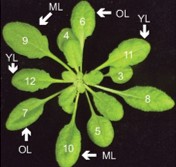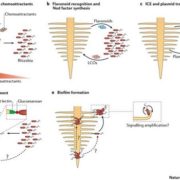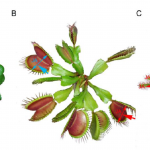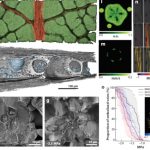Review. Chemical convergence between plants and insects: biosynthetic origins and functions of common secondary metabolites (New Phytol)
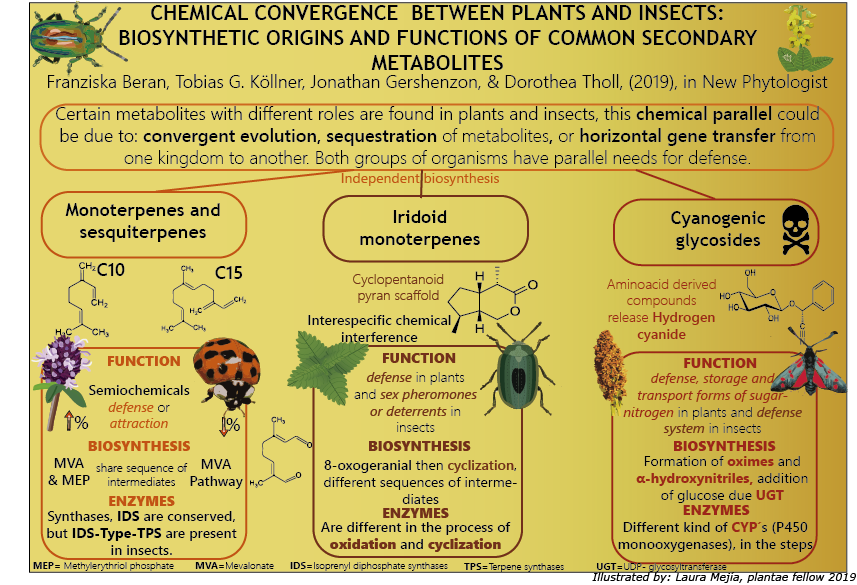
Plants and insects aren’t closely related, but they have a plethora of similar chemical weapons used for their interactions (defense, attraction, etc.). Beran et al. describe the function and biosynthesis of secondary metabolites that are shared in both insects and plants.
- The monoterpenes and sesquiterpenes used for inter and intraspecific interactions. These molecules are formed from isopentenyl diphosphate (IDP) produced through the conserved mevalonate pathway (MVA); the enzymes used in plants and insects are different. Plants also produce IDP through the methylerythriol pathway (MEP).
- The iridioids, molecules used in plants for defensive purposes and in insects as sex pheromones. These molecules are also produced from IDP, and include a cyclization to form the cyclopentanoid pyran scaffold. Plants and insects share the same core enzymatic steps.
- Cyanogenic glycosides, molecules used as defense compounds due to their toxicity. The biosynthetic pathway starts with an aliphatic or aromatic amino acids and involves the formation of oximes and α‐hydroxynitriles, followed by stabilization of the cyanohydrin by conjugation to a sugar.
Hypotheses for the origin of the same molecules in both groups are: convergent evolution, sequestration of metabolites, and horizontal gene transfer, driven by parallel needs for defense chemicals. (Summary by Laura Mejia) New Phytol. 10.1111/nph.15718




